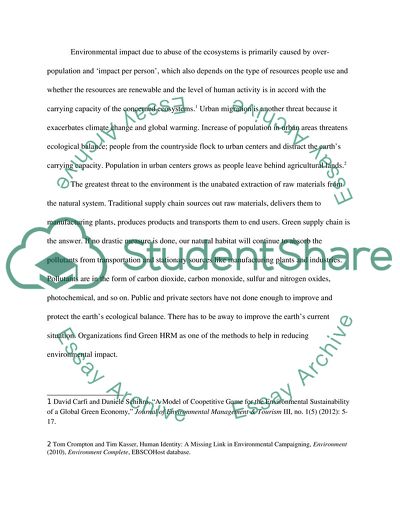Cite this document
(Environmental Management - Green Human Resource Management Essay Example | Topics and Well Written Essays - 2750 words, n.d.)
Environmental Management - Green Human Resource Management Essay Example | Topics and Well Written Essays - 2750 words. https://studentshare.org/management/1809302-green-human-resource-management-hrm
Environmental Management - Green Human Resource Management Essay Example | Topics and Well Written Essays - 2750 words. https://studentshare.org/management/1809302-green-human-resource-management-hrm
(Environmental Management - Green Human Resource Management Essay Example | Topics and Well Written Essays - 2750 Words)
Environmental Management - Green Human Resource Management Essay Example | Topics and Well Written Essays - 2750 Words. https://studentshare.org/management/1809302-green-human-resource-management-hrm.
Environmental Management - Green Human Resource Management Essay Example | Topics and Well Written Essays - 2750 Words. https://studentshare.org/management/1809302-green-human-resource-management-hrm.
“Environmental Management - Green Human Resource Management Essay Example | Topics and Well Written Essays - 2750 Words”. https://studentshare.org/management/1809302-green-human-resource-management-hrm.


